Want to contribute to this article?
The deliberate mislabelling, dilution, tampering with or substitution of product is a significant risk in any modern food and drink supply chain, exposing businesses within - even those innocent of any deliberate wrongdoing themselves - to the possibility of adulteration, fines or costly recalls.
Some effective governance, risk and compliance management is needed to insulate your supply chain from the next Horsegate or Chinese milk scandal. Here's how.

1. Boost your auditing
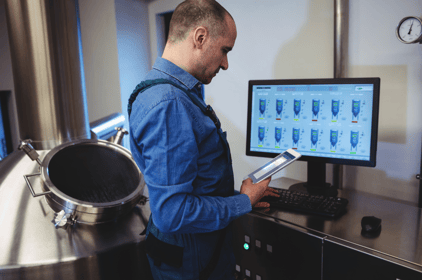
Audits aren't just there to assess your business as you aim for a new standard or accreditation.
They can be powerful supplier management tools to drive consistent quality up and down your supply chain, particularly with anti-fraud measures forming part of your auditing strategy.
Begin by outlining the full scope of requirements that your supplier must satisfy to mitigate food fraud risk to an appropriate level - then use this to build a food fraud supplier audit checklist.
An example checklist framework might look something like this:
1. Are processes in place to access information on historical and developing threats to the supply chain, which may present a risk of adulteration or substitution?
2. Is there a documented vulnerability assessment carried out on all raw materials, or groups of raw materials, to assess the potential risk of adulteration or substitution?
3. Where raw materials are identified as being at particular risk of adulteration or substitution, are appropriate assurance/testing processes in place to reduce the risk?
4. Are packaging claims – specific origin, breed/varietal claims, assured status (e.g. GlobalGAP), genetically modified organism (GMO) status, specific trademarked ingredients – verified for each raw material and finished product?
5. Are purchasing records, traceability of raw material usage and final product packing records properly maintained?
6. Are production claims (organic, halal, kosher etc.) supported by the proper certification?
Assess any potential new suppliers as part of your tender process, make your existing suppliers aware of any non-conformances, be assertive with what needs to change, and be prepared to switch suppliers if your standards aren't met.
2. Practice proper supplier management
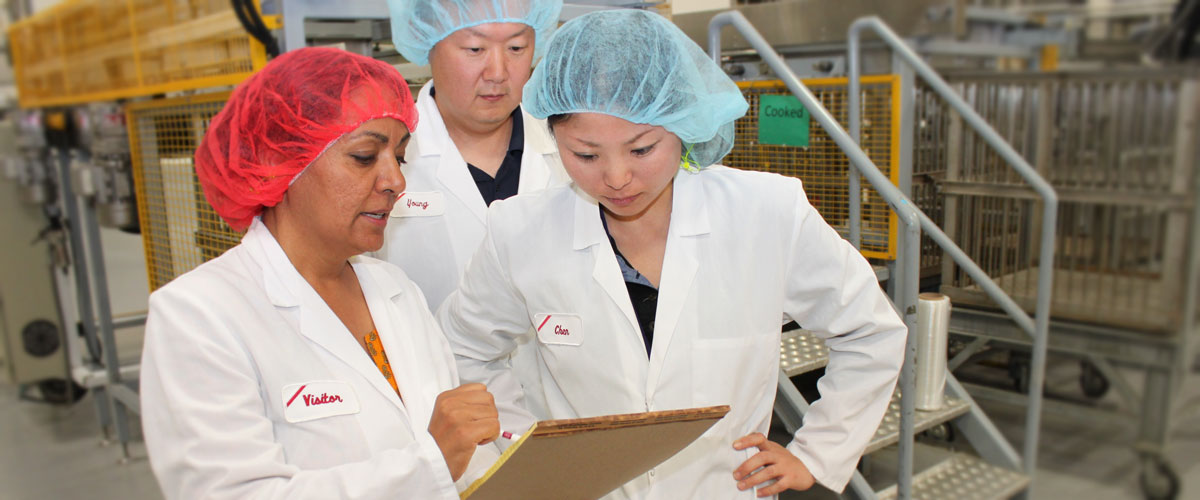
Assessing suppliers when they're onboarded is crucial; but without constant communication and good supplier management, the threat of food fraud remains.
Build a complete map of your supply chain, asking yourself:
- Who are your immediate suppliers?
- Who supplies them?
- Has there been a recent or planned change of supplier anywhere in the chain?
- Are there any gaps in your visibility?
Not only are streamlined, minimum-link supply chains more cost-effective for your business, they provide fewer sources of fraud and adulteration risk - so consider any inefficient or over-complex areas of operation you can simplify.
Similarly, the more transparent and communicative your supplier relationships, the higher the mutual trust and the lower the fraud risk.
Categorise your suppliers based on your relationship, like this:
1. Trusted supplier: long-standing partnership-type arrangement. High degree of confidence, long positive business relationship, high degree of transparency, mutual understanding of key needs and controls
2. Trusted supplier, new ingredient: high degree of confidence established through purchase of other ingredients, but recently began supplying new ingredients
3. Established supplier, some relationship: short history of business with a well-respected supplier, no significant issues reported
4. Established supplier, no relationship: supplier respected in their market with a solid reputation. No business relationship yet established
5. Unestablished supplier, no relationship: new supplier, no relationship history or any general industry knowledge of the supplier
The more 1s and 2s in your supply chain, the more protected you are.
Consider partnerships, supplier schemes and frequent meetings to cement your relationships and bring your 3s, 4s and 5s closer to becoming 1s and 2s.
3. Build a risk management and early warning system
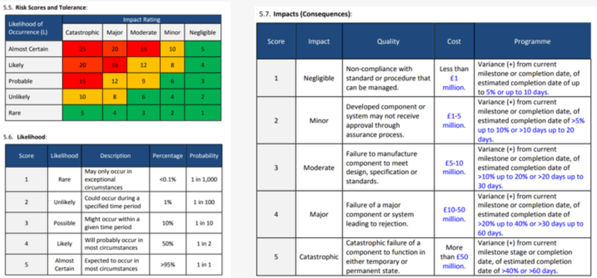
If the worst does happen - or even if there's an increase in risk - it's vital that your business takes the correct response quickly and effectively.
Assess your risks using the assessment process below, then record in a risk register along with corresponding treatments.
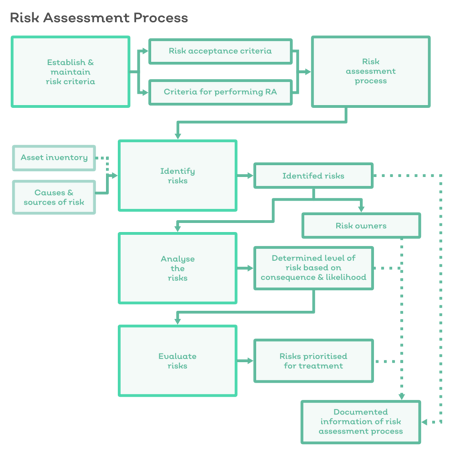
An example of a fraud risk treatment process might be:
1. A certain crop yield is markedly poor one year;
2. So the chance of adulteration of a particular ingredient in the supply chain is increased;
3. So supplier audit frequency is increased, with particular focus on this ingredient risk
Or:
1. A fraud event has been detected in your supply chain;
2. So an alert is triggered and passed onto the relevant business partners within the value chain;
3. And the local authorities and national food crime units are notified;
4. And you prevent further spread of adulterated product and switch to a pre-identified alternative supplier
With the food chain uncertainties looming with climate change and the UK's withdrawal from the European Union, we can expect food fraud to become more prevalent and complex than ever.
By combining robust auditing with supplier visibility and pre-planned risk treatments and responses, food businesses can protect their supply chains against fraudulent product and create an insulated network of confidence and trust.
Next steps
For a formal ISO structure designed to boost supply chain security, take a look at ISO 28000:2007.
To learn how to build a complete risk management strategy, from analysis to treatment, join our next ISO 31000 risk management workshop.
And to see how our auditing, supplier, document, risk and issue management software modules help businesses build a complete food safety management system from supply chain to packaging, schedule a demonstration for a time that suits you.





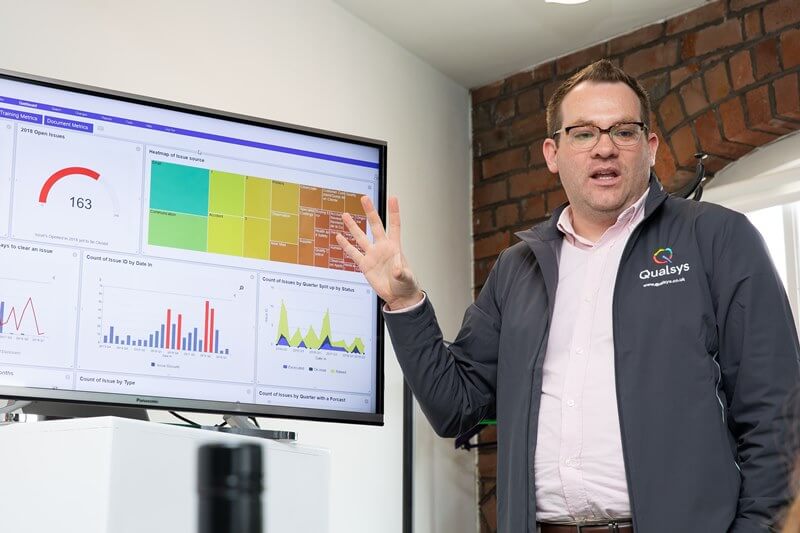



Share your thoughts on this article